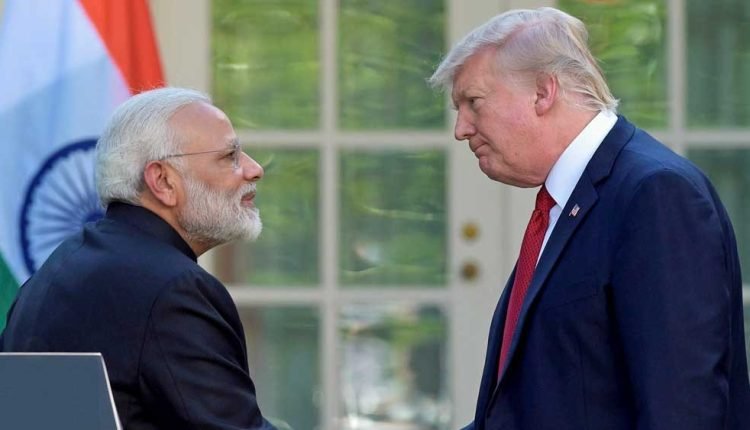Diplomatic friction between India and the United States has deepened after US President Donald Trump announced a steep 50% tariff on Indian goods, doubling the existing 25%. The move comes in retaliation to India’s continued purchase of Russian oil despite Washington’s calls to isolate Moscow over the Ukraine conflict.
White House Warns of Trade Freeze
At a press briefing, US State Department spokesperson Tommy Pigott stressed the urgency of resolving disputes over tariffs, trade deficits, and market access. Trump himself was more direct, stating, “India has not been a nice trading partner. Until the tariff situation is rectified, there will be no trade talks.”
The White House also accused India of maintaining high barriers to trade while benefiting from oil imports from Russia. Stalled negotiations on access to India’s agriculture and dairy sectors have further soured ties.
Impact on Indian Exporters
The new tariffs, effective August 27, 2025, with a 21-day grace period, are expected to hit Indian exports hard, particularly textiles, pharmaceuticals, and seafood. India’s Ministry of External Affairs slammed the move as “unfair, unjustified and unreasonable,” arguing that global market realities left no option but to buy Russian oil — a practice the US and EU themselves have not completely abandoned.
Modi’s Strategic Diplomatic Moves
Amid the trade row, Prime Minister Narendra Modi is set to visit Japan and China later this month, attending the Shanghai Cooperation Organisation (SCO) summit in Tianjin on August 31–September 1. This will be Modi’s first visit to China since 2018 and will bring him face-to-face with Russian and Chinese leaders, potentially adding a new dimension to India’s foreign policy. Analysts believe the timing signals New Delhi’s intent to maintain strategic independence despite US pressure.
Criticism at Home and Abroad
Domestically, opposition leaders, including Congress MP Shashi Tharoor, have accused the Modi government of failing to stand up to Trump’s “hypocrisy,” noting that other major economies with Russian trade ties have faced less scrutiny. Modi, however, has vowed to protect the interests of Indian farmers, fishermen, and the dairy sector, even at “personal expense.”
Uncertain Road Ahead
With trade negotiations frozen and high-level diplomatic visits on the horizon, the future of India-US relations remains uncertain. The coming weeks will test India’s balancing act between safeguarding national economic interests, navigating global power politics, and preserving its strategic partnerships



Comments are closed.